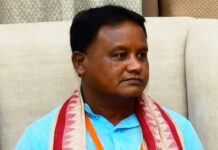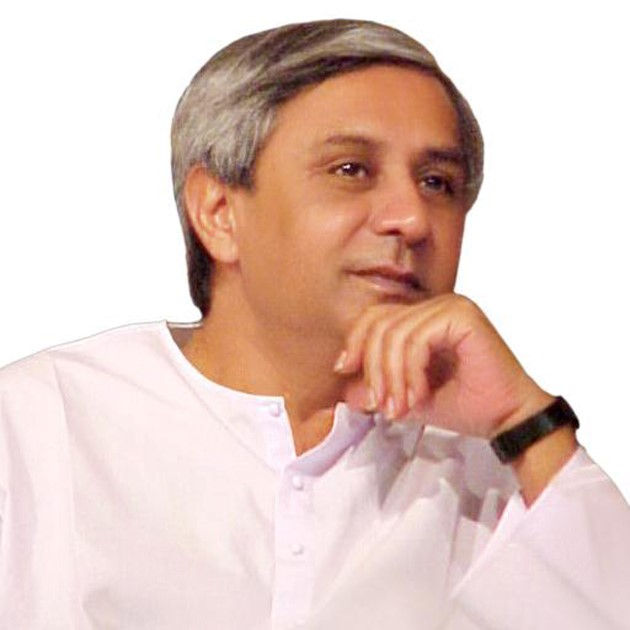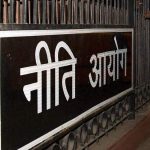The last week of 2021 saw the ruling BJD celebrate its silver jubilee which was a political landmark. It made the Naveen Patnaik-led party the longest surviving regional party of the state. The party under him has also achieved phenomenal success, winning elections with an ease that continues to surprise political analysts.
For chief minister Naveen Patnaik, the year 2021 ended on a high note despite its many ups and downs. In the final week of the year, December 26 to be precise, the Biju Janata Dal (BJD) which he has been leading since birth in 1997, completed 25 years, thus achieving a remarkable milestone.
By celebrating its silver jubilee BJD became the longest surviving regional party of the state which in its long history has seen the rise and fall of many political outfits formed within the state. Before Naveen many stalwarts including his own father Biju Patnaik and Harekrushna Mahtab, the “chanakya” among politicians, had floated regional parties but none could either achieve the kind of success that BJD has been able to garner or last so long.
The remarkable electoral success of BJD has turned its supreme leader and five-time chief minister Naveen Patnaik into a phenomenon that continues to intrigue political analysts. Counted among the most powerful regional chieftains of the country, he is also the longest serving chief minister of India at the moment. Patnaik and BJD are more or less synonymous.
Of the many regional outfits that were formed in the past Ganatantra Parishad led by erstwhile Bolangir-Patna ruler R.N. Singh Deo, who also served as the chief minister of Odisha, was perhaps the most important in terms of its influence and longevity. Initially known as Koshala Utkal Praja Parishad it was renamed as Ganatantra Parishad in 1950. The party tasted political success and remained the major opposition in the state for about a decade. It enjoyed remarkable support in the erstwhile princely states, especially in the western Odisha belt. However, the Parishad which shared power with the Congress from May 1959 to February 1961, lost its independent identity about a year later following merger with the Swatantra Party, a national political outfit.
After Parishad’s disappearance from the state’s political scene was born Jana Congress, the second major regional party of the state which was formed by Dr. Harekrushna Mahatab. But its birth being the direct outcome of growing factionalism within the Congress of those days it never really had its focus on regional issues. It was more the result of Mahtab’s personal ambitions but it formed a coalition government in the state with Swatantra party in 1967.
The birth of Utkal Congress, a regional party led by Biju Patnaik in 1969 was an important development of the era of 60s and 70s. The party played a major role in the formation of a coalition government led by Biswanath Dash which dealt a huge blow to the Congress. But Utkal Congress, too, faded out after achieving modest success in the state politics for some time.
The Jagrat Orissa Party formed by former chief minister Nandini Satpathy after she parted ways with the Congress in 1977 was another regional outfit of the state that failed to make much headway. The fate of Odisha Gana Parishad launched in 2001 by veteran Bijay Mohapatra after quitting Biju Janata Dal was not much different. The Odisha Jan Morcha floated by bureaucrat-turned-politician Pyarimohan Mohapatra in 2013 following his expulsion from the BJD also proved to be ill-fated.
But Biju Janata Dal (BJD), formed in 1997 in the wake of Biju Patnaik’s death, has stood all the tests and achieved phenomenal success in state politics. Led by Naveen Patnaik, who is into his fifth consecutive term as the chief minister of the state, it has also surpassed every other regional party of the state in terms of longevity. With an enviable record both in assembly and Lok Sabha elections the BJD has emerged an important regional player at the national level. In this era of coalitions and political give and take no government at the Centre can afford to ignore Naveen Patnaik or his party which commands a brute majority of 114 in the 147-strong state assembly. The party also has 12 Lok Sabha and 9 Rajya Sabha members.
What makes BJD so successful? According to most analysts the regional party owes much of its success to the sharp political acumen and the sparkling public image of Naveen Patnaik who happens to be its supreme leader. Though he made a hesitant entry into politics in 1997 upon his legendary father’s death he was quick to learn the ropes and overcame handicaps like his deficient Odia to make short work of his opponents. Thus he won the Lok Sabha by-poll from Aska in 1997 with ease and in 1998 tied up with the BJP in a deft political move to consolidate non-Congress votes. He also became a cabinet minister in the NDA government led by Atal Behari Vajpayee.
Taking full advantage of the popular anger against the incumbent Congress government of the state, which had utterly failed to tackle the aftermath of 1999 super-cyclone, Patnaik led the BJD-BJP alliance to an emphatic victory in the 2000 assembly elections. The alliance broke in 2009 apparently over the issue of seat-sharing. It was yet another master stroke of Patnaik who had by then consolidated his position and wanted to get rid of his coalition partner which was suspected to have supported the VHP and its activists during the 2008 communal carnage in Kandhmal. The riots had sullied the image of Patnaik government.
Hence the two parties fought the 2009 assembly polls separately with BJD scoring a thumping victory while the BJP was reduced to just six seats in the state assembly, one of its worst electoral performances ever. The BJP could manage 10 assembly seats in 2014 while BJD continued to rule the state with a brute majority. The trend continues.
Yet another important factor contributing to Patnaik’s uninterrupted stay in power since 2000 is his ability to read the popular pulse. “Patnaik can understand what people want. It is this understanding which has made him launch a string of pro-poor schemes which are extremely popular and have also been getting him votes,” said an analyst.
Patnaik has also been selecting his electoral issues cleverly. For example in 2019 elections he made ‘performance and restoration of Odia pride’ his main planks. The latter revolved around the demands of grant of special category status to Odisha and justice to the state on the issue of sharing of Mahanadi waters. The issue being sensitive it generated a wave in favour of the BJD. Though leaders of rival parties like BJP and Congress allege that Patnaik has been winning elections by enacting students the truth is that the chief minister has a clear cut strategy for every election and every important situation that he has to deal with. It keeps changing. What is constant in his case is the interest of the people he rules and the same people are responsible for the phenomenal success of his party.








































